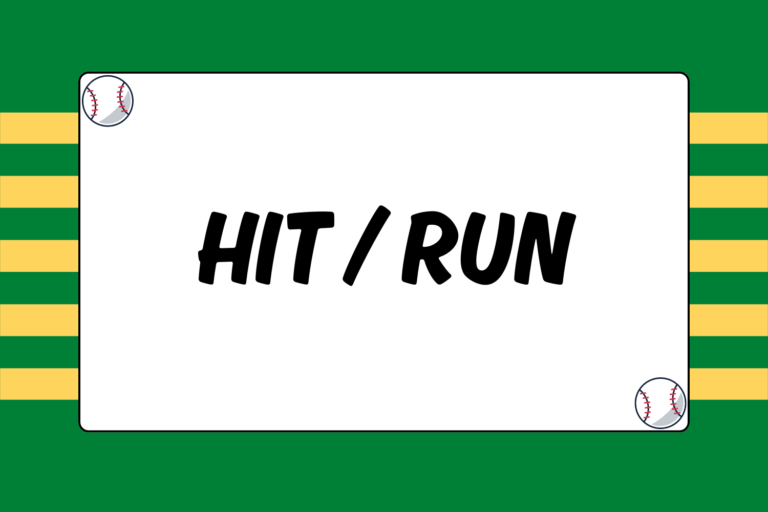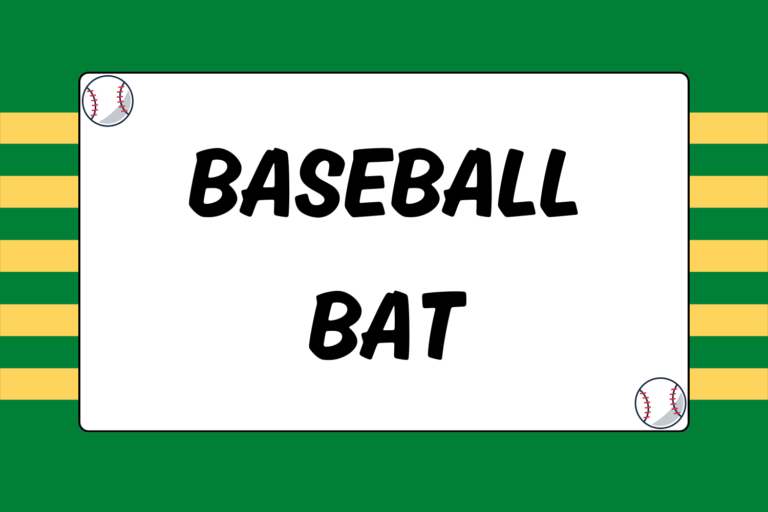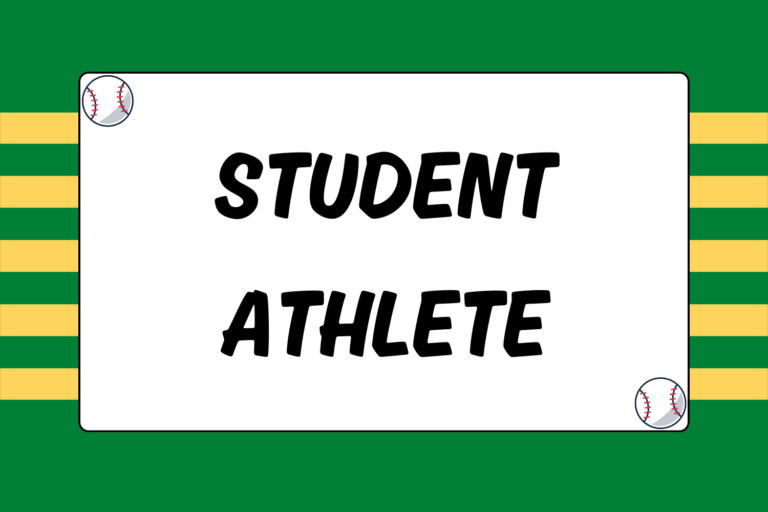So you’ve been pitching long enough that you’re comfortable with the fastball, change-up, curveball, and slider. Now you want to add another pitch to your repertoire. Or perhaps you’re simply not having success with the standard set of pitches, and you want to try something that will be more effective.
Fortunately, baseball history is littered with pitchers who faced the same problems. And from this constant necessity to show hitters something they haven’t seen came a multitude of specialty pitches that have gone in and out of style for the last century. This guide will provide insight into the history and mechanics behind some of the game’s most popular specialty pitches.
How to Throw a Cutter
Prior to the 1950s, no pitcher threw multiple fastballs, at least not purposely. The concept of different types of fastballs didn’t exist. The fact that some pitchers’ fastballs tended to rise, sink, or tail was attributed to an individual’s natural motion and movement, not any conscious effort to change the grip of the pitch or manipulate the ball’s spin. That changed in the latter half of the twentieth century when ballplayers first started distinguishing between what we now call two-seam fastballs and four-seam fastballs. The cutter, or cut fastball, soon followed.
Today, “cutter” is a term that can apply to any number of fastballs that are intended to move into or away from hitters. Typically, however, the cutter is a pitch that cuts slightly from right to left for right-handers (left to right for left-handers), and is often designed to move in the opposite direction from a pitcher’s tailing two-seamer. Numerous big leaguers now throw variations of the cutter, the most famous of which is Mariano Rivera of the New York Yankees, who has enjoyed perhaps the most successful career ever by a closer. Rivera has made his name by throwing virtually nothing but cutters.
Mastering the cut fastball is an extremely advanced skill. However, if your straight fastball just isn’t cutting it (pun intended), use the following technique to add some extra movement. (All instructions are for right-handed throwers. Lefties use the same process from the opposite side.)
- Start with your four-seam fastball grip.
- Move your index and middle fingers over slightly, so that your middle finger is along the inside of the horseshoe-shaped seam. Keep your thumb on the bottom of the baseball. This may be very similar to your slider grip, but try to resist the temptation to throw your cutter like a breaking ball.
- Put some extra pressure on the ball with your middle finger.
- Throw the pitch with your wrist straight, just like a fastball.
Ideally, the velocity and spin will be similar to your fastball, and the hitter will think it’s a fastball. As the ball approaches home plate, however, it will cut several inches to the side. The cutter is most effective when it’s indistinguishable from a straight fastball until the last second. With that, your priority should be on throwing it with the exact same delivery as a fastball. Your grip and the pressure from your middle finger on the seam will create the desired movement.
The reality is that there are as many different cutters as there are pitchers who throw them. So find a grip that feels comfortable, and tweak your delivery until you find something that works. The cutter can be devastatingly difficult to hit, but almost equally challenging to control consistently. Only with a great deal of practice can you expect to master it.
How to Throw a Split-Fingered Fastball
Reliever Bruce Sutter was the first to use the splitter regularly and successfully, throwing it harder than its ancestor, the forkball. Subsequently, the splitter’s popularity took off in the 1980s, becoming the strikeout pitch of choice for a number of power hurlers.
To throw a splitter, start with your two-seam fastball grip. Then spread your index and middle fingers to the outside of the seams. This grip requires fairly large hands — to the point that some adults struggle with it — so don’t get discouraged if you’re having trouble with it as a beginner. Give it a few years and you may have more success.
The key to achieving the desired movement on your splitter is velocity. The harder you throw the pitch, the sharper it will break downward. With that, try to imitate your fastball delivery. As with most pitches, the intent is to trick the batter into thinking he’s getting a fastball. If you throw it correctly, the ball should dive downward as it approaches home plate. It takes a ton of practice to find the right grip and release point, but when you do, the splitter is a tremendously valuable pitch.
How to Throw a Knuckleball
You can count on one hand the number of Major League pitchers who currently feature the knuckleball. Although there was a time when that figure was higher, the knuckler has always been a specialty pitch. The infrequency with which we’ve seen knuckleballs throughout the last century is a testament to how incredibly difficult it is to command. On the other hand, when executed well, the knuckleball is so tough to hit that some pitchers have built careers throwing little else.
As with the cutter, there isn’t just one way to throw a knuckleball, so practice it until you find a grip that works for you. Here is the most common way to hold a knuckler:
- Start with your two-seam fastball grip.
- Slide your fingers down to the end of the horseshoe-shaped seam.
- Keep your thumb below the baseball, but instead of holding it with the pads of your index and middle fingers, only your fingertips (or fingernails, if you prefer) should be in contact with the ball.
- If you’re just learning the knuckler, you may want to hold it with three fingers (index, middle, and ring). This can give you better control of the pitch.
The knuckleball dances on its way to home plate, because of the lack of rotation. You want to limit the ball’s spin as much as possible and allow the seams to create resistance as the ball travels through the air. This causes the ball to take an unpredictable path. With practice, you can learn to control all of this. Retain your normal throwing motion as much as possible until the point of release; instead of snapping your wrist downward, keep it rigid and try to “push” the ball out of your hand. This will likely feel awkward at first — and it can be difficult to throw with much velocity — but it’s a pitch that requires perhaps more practice than any other.
Amazingly True Story
In 1992, a rookie phenom with a dazzling knuckler came up to the big leagues with the Pirates and posted an 8-1 record with a 2.15 ERA in 13 starts. That October, he hurled two complete game victories in the NLCS, nearly pitching Pittsburgh into the World Series. Eighteen seasons later, Tim Wakefield is the second-oldest player in MLB at age 44. He continues to perplex hitters with his dancing knuckleball and made his first All-Star Game in 2009. The longest tenured player on the Boston Red Sox, Wakefield is third in club history in wins, first in games-started and innings pitched, and second in strikeouts.
How to Throw a Knuckle-curveball
Also called the “spiked” curveball, the knuckle-curve is a slightly deceiving name. It is essentially an overhand, 12-to-6 curveball that’s thrown with a slightly different grip than the standard hook. Most famously thrown by Mike Mussina, the knuckle-curve grip is now used by a substantial minority of pitchers (mostly right-handers).
- Start by positioning the baseball so the horseshoe-shaped seam forms a “U” shape.
- Place your middle finger along the seam on the right side, and your index finger on the bottom of the horseshoe seam.
- Curl and tuck your index finger so that your fingernail touches the baseball (this is the only similarity to the knuckleball).
- Throw the pitch with the same delivery as a curveball, with your wrist curled so that the baseball rolls off your middle finger.
Don’t forget to follow through completely. The knuckle-curve’s movement should be similar to that of a normal curveball, but some pitchers find that it breaks more sharply.
How to Throw a Slurve
Literally, the slurve is a combination of “slider” and “curveball.” There is no specific grip or technique for a slurve. The term actually came about because a number of pitchers threw breaking balls that were somewhere between curveballs and sliders, and named them as such. Typically, a slurve would refer to a curveball that’s thrown harder than normal. Hold it with the same grip as a curveball, but snap your elbow and wrist more at the point of release. This will make the pitch break downward slightly less than a curve, but explode more like a slider.
Necessity is the Mother of Invention
The best pitches are often the ones you fine-tune yourself. Throughout baseball history, pitchers have tweaked their grips and created new pitches in order to stay one step ahead of the hitters. Some of the best advice you can receive as a young pitcher is to do the same; be a student of pitching. It doesn’t matter what you call your breaking ball or your off-speed pitch. What matters is that you find something that’s difficult to hit and that you can control consistently … and then master it. Everyone’s style is different, so experiment until you find something that works. And never forget: No matter what pitch you’re throwing, it’s all about location.





